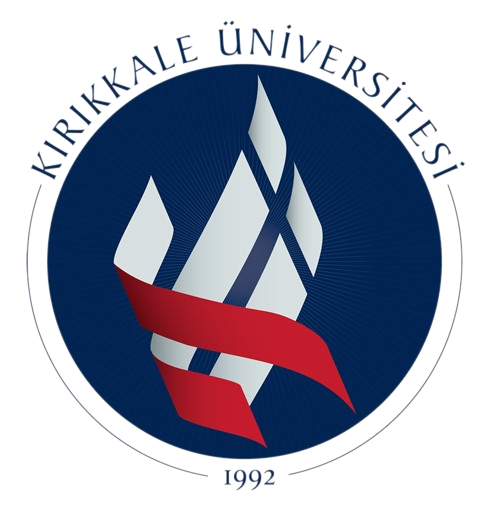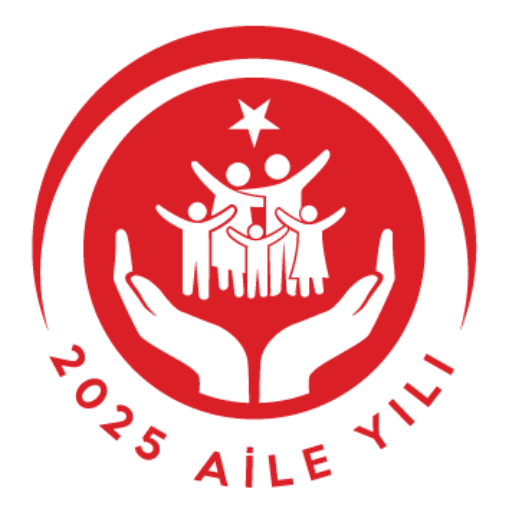ÇEŞNİGİR BRIDGE AND CANYON
The historic Çeşnigir Bridge is located over the Kızılırmak River between Karakeçili and Köprüköy. According to historical records, both the bridge and the nearby inn date back to the Seljuk period, likely from the 13th century. It is rumored that Timur’s army used this bridge in 1402 while advancing toward the site of the Battle of Ankara. The bridge was later reconstructed by Mimar Sinan during Egyptian campaign of Sultan Selim I. The bridge, which was once on a major transportation route, became partially submerged after the construction of the Kapulukaya Dam. It is 110 meters long and 6 meters wide, built on solid rock foundations.
NUR MOSQUE
Built by the Turkish Precidency of Religious Affairs and the Türkiye Diyanet Foundation, Nur Mosque is the spiritual and cultural center of Kırıkkale. With an architectural style influenced by the Seljuk and Ottoman periods, the mosque covers an indoor area of approximately 25,000 square meters. It can accommodate 4,000 worshippers indoors and 6,000 outdoors, making a total of 10,000 people at once. The mosque complex includes a conference hall, seminar room, library, reading hall, Turkish-Islamic handicrafts training center, religious publication and promotion center, Quran school for girls, multi-purpose classrooms for hadith, fiqh, and tafsir courses, a family guidance office, a Türkiye Diyanet Foundation branch, a parking lot, and place for funeral services.
KIRIKKALE WEAPON MUSEUM
The Weapon Industry Museum operates under MKE Silahsan Light Industry and Trade Inc. Initially opened on July 15, 1990, it was later relocated to a larger facility and reopened on November 2, 1993. Most of the artifacts in the museum were collected by the state from local communities in the Black Sea region during World War II. Some weapons were also transferred from the Istanbul Tophane weapon factory for preservation. 299 artifacts were displayed in chronological order from the 14th century to the present.
TAŞ MEKTEP / HACI TAŞAN CULTURAL CENTER
Hacı Taşan Culture Center is a stone structure. It is a single-story building constructed from red Ankara stone. The entrance to the building is from the east. On this façade, a stone staircase leads up to a porch. The door providing access from the porch to the main structure is framed with a stone molding. Its upper edge features a molded triangular pediment. An inscription is present. With the musical performances at the Hacı Taşan Culture Center, you will feel as if you have been in a different world. The Stone School (Taş Mektep) takes you on a journey into the past, allowing you to reminisce about bygone days through the melodies of masters like Neşet Ertaş and Hacı Taşan. The culture center hosts events in line with the traditions of the "Bozlak Culture and Abdallık" heritage, including folk music performances and gatherings, ensuring the continuation of the Abdal cultural legacy.
RAHMİ PEHLİVANLI MANSION
Rahmi Pehlivanlı Mansion is a museum located in the Keskin district of Kırıkkale, dedicated to preserving the memory of one of Türkiye’s most renowned painters, who gained international recognition. The house known as the “Painter of Kings” where Rahmi Pehlivanlı was born has been converted into a museum. Born in Keskin district in 1926, Rahmi Pehlivanlı held over five solo exhibitions in Türkiye and more than sixty in various international venues, many of which were inaugurated by the heads of state. His works are displayed in a total of seventeen different museums across European and Middle Eastern countries, as well as Türkiye. The artist received numerous international commendations and medals. Between 1953 and 1990, Pehlivanlı was invited to various countries to paint portraits of more than twenty kings, queens, and statesmen. In 1984, he married Nurhan Hanım, and the distinguished artist passed away on August 24, 1992, at the age of 65.
SULU CAVE
Sulu Cave is located in the Keskin district of Kırıkkale. It is a horizontally developed, semi-natural, semi-artificial, fossil sinkhole cave. A large portion of Sulu Cave was excavated as a mining site, while its natural section belongs to the Pliocene relief system and consists of three interconnected levels. The cave has a total length of 285 meters. The artificial galleries, which also span three levels, were used for lead mining. The narrow passages connecting both the natural and artificial sections are covered with stone walls built during the Early Christian period. Sulu Cave is situated in the vadose zone and remains completely dry, except for water dripping from the ceiling during rainy periods. In ancient times, pools up to two meters deep were constructed to collect this water. The cave has a dry and warm atmosphere.
HISTORIC HOUSES OF KIRIKKALE
Kırıkkale is home to traditional Turkish houses dating back to the 1500s, many of which are officially registered cultural heritage sites. These houses typically have two stories, with stone ground floors and wooden upper floors. The roofs generally feature triangular pediments, while the infill material consists of adobe. They resemble civilian architecture of Ankara. The use of materials such as adobe and wood in these houses was influenced by climatic conditions and social living standards. Most of the surviving examples today are two-story buildings. Notable examples include the Aslan Bey Mansion, the Tayyar Bey Mansion, and the house of Zühtü Pehlivanlı, the father of the renowned painter Rahmi Pehlivanlı, also known as the "Painter of Kings."
OBAKÖY
Obaköy is one of Kırıkkale’s main recreational areas and a popular stop for visitors traveling from Ankara. Located along the Kızılırmak River, it offers activities such as breakfast by the riverside, long nature walks, cycling away from city traffic, and ecological farming. Obaköy has hobby gardens, an aquarium, a traditional tent, riverside piers, green spaces, food and beverage areas, playgrounds, sports areas, walking paths, a drawbridge, and a waterfall.

